
Ingredient
Valerian infusion roots and similar-
Soothing Herbal Elixir
Valerian infusion roots are derived from the Valeriana officinalis plant, which is native to Europe and parts of Asia. These roots are typically dried and steeped in hot water to create a soothing herbal infusion. Valerian is known for its distinct earthy aroma and bitter taste. It has a fibrous texture and appears as thin, brownish roots. Other similar herbal products, such as chamomile or lavender, also offer calming effects and can be used as alternatives or in combination with valerian.
Origins and history
Valerian has a long history of use in traditional medicine, dating back to ancient Greece and Rome. It was believed to possess sedative properties and was used to alleviate anxiety, insomnia, and nervous disorders. Valerian's popularity continued throughout the Middle Ages and Renaissance, and it remains a popular herbal remedy today. Similarly, chamomile and lavender have been used for centuries in various cultures for their calming and relaxing effects.
Nutritional information
Valerian infusion roots and similar herbal products are low in calories and fat. They are primarily consumed for their calming effects rather than their nutritional value. However, they may contain trace amounts of vitamins, minerals, and antioxidants depending on the specific herb used.
Allergens
Valerian infusion roots and similar herbal products are generally considered safe for consumption. However, individuals with known allergies to valerian, chamomile, or lavender should avoid these products. Additionally, it is advisable to consult with a healthcare professional before using herbal remedies, especially if taking any medications or experiencing any health conditions.
How to select
When selecting valerian infusion roots or similar herbal products, look for reputable brands that source their ingredients from reliable suppliers. Opt for organic or wildcrafted options to ensure the absence of pesticides or contaminants. Check the packaging for proper labeling, including the botanical name and any certifications or quality seals.
Storage recommendations
To maintain the freshness and potency of valerian infusion roots and similar herbal products, store them in airtight containers away from direct sunlight, heat, and moisture. Keep them in a cool, dark place, such as a pantry or cupboard. Proper storage helps preserve their aroma, flavor, and medicinal properties.
How to produce
Valerian can be grown in home gardens by planting the root cuttings or purchasing young plants from nurseries. It requires well-drained soil and partial shade to thrive. Regular watering and occasional fertilization can promote healthy growth. Harvest the roots when they reach maturity, typically after two to three years of growth. Other herbs like chamomile and lavender can also be cultivated in home gardens using similar techniques.
Preparation tips
Valerian infusion roots can be used to prepare herbal teas by steeping them in hot water for 5-10 minutes. Add honey or lemon to enhance the taste, if desired. Chamomile and lavender can also be brewed into soothing teas using similar methods. These herbal infusions can be enjoyed on their own or combined with other herbs for customized blends. Additionally, valerian roots can be used in tinctures or extracts for more concentrated effects. It is advisable to follow recommended dosage guidelines and consult with a healthcare professional for specific usage instructions.
Substitutions
Chamomile and lavender can be used as suitable substitutes for valerian infusion roots, offering similar calming properties. Chamomile tea has a mild, floral flavor, while lavender tea provides a delicate floral and herbaceous taste. These herbal alternatives can be used individually or in combination to create soothing beverages or incorporated into various culinary recipes.
Culinary uses
Valerian infusion roots and similar herbal products are commonly used in herbal teas, tinctures, and extracts to promote relaxation, alleviate anxiety, and improve sleep quality. They are often consumed before bedtime or during periods of stress. Additionally, these herbs can be used as flavorings or garnishes in culinary preparations, such as desserts, baked goods, or infused oils. Their calming properties make them a popular choice in herbal medicine and natural wellness practices.
Availability
Valerian is native to Europe and parts of Asia, while chamomile is widely cultivated in Europe, North America, and parts of Asia. Lavender is native to the Mediterranean region but is now grown in various countries worldwide. These herbs are commonly available in regions where they are cultivated, and their products can be found in health food stores, specialty tea shops, and online retailers.
More ingredients from this category » Browse all

Calamus infusion roots
The Aromatic Elixir: Calamus Infusion Roots

Rhatany infusion roots
The Hidden Gem: Unveiling the Power of Rhatany Infusion Roots

Angelica root, dry
The Herbal Elixir
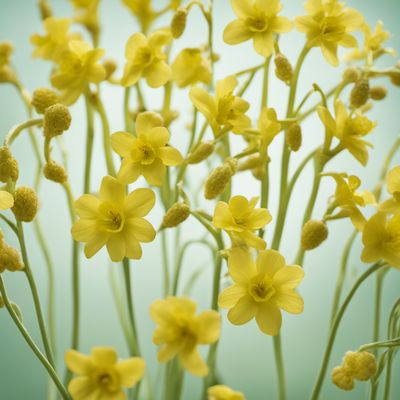
Cowslip infusion roots
The Hidden Power of Cowslip Infusion Roots: A Culinary and Medicinal Marvel

Blue flag infusion roots
Nature's Elixir: Unveiling the Wonders of Blue Flag Infusion Roots
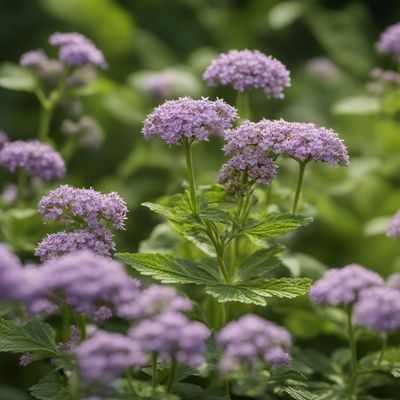
Valerian infusion roots
The Tranquilizer: Valerian Infusion Roots

Elecampane infusion roots
The Healing Power of Elecampane

Sarsaparilla infusion roots
The Root of Refreshment: Sarsaparilla Infusion Roots

Tormentil infusion roots
The Healing Power of Tormentil
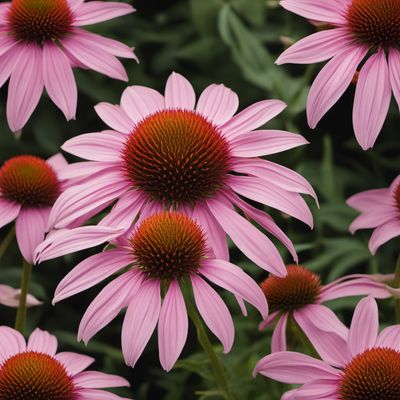
Echinacea infusion roots
The Immune-Boosting Powerhouse: Echinacea Infusion Roots

Herb bennet infusion roots
The Hidden Elixir: Unveiling the Secrets of Herb Bennet Infusion Roots
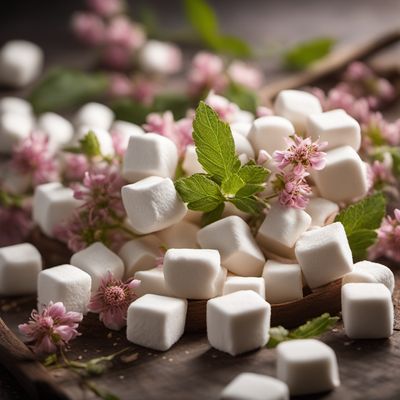
Marshmallow infusion roots
The Soothing Elixir
Recipes using Valerian infusion roots and similar-

Vipere cieche à la Provençale
Savory Delight: Provençal-style Blind Eels

South American Style Ankimo with Spicy Chimichurri Sauce
Oceanic Delight: South American Twist on Japanese Ankimo

Rape con Azafrán (Monkfish with Saffron)
Golden Delight: Aromatic Monkfish with Saffron

Creamy Portuguese Monkfish Rice
Ocean Delight: Creamy Portuguese Monkfish Rice
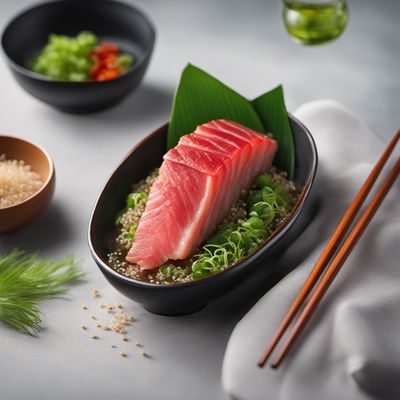
Ankimo Delight
Silky Smooth Delicacy: Ankimo Delight